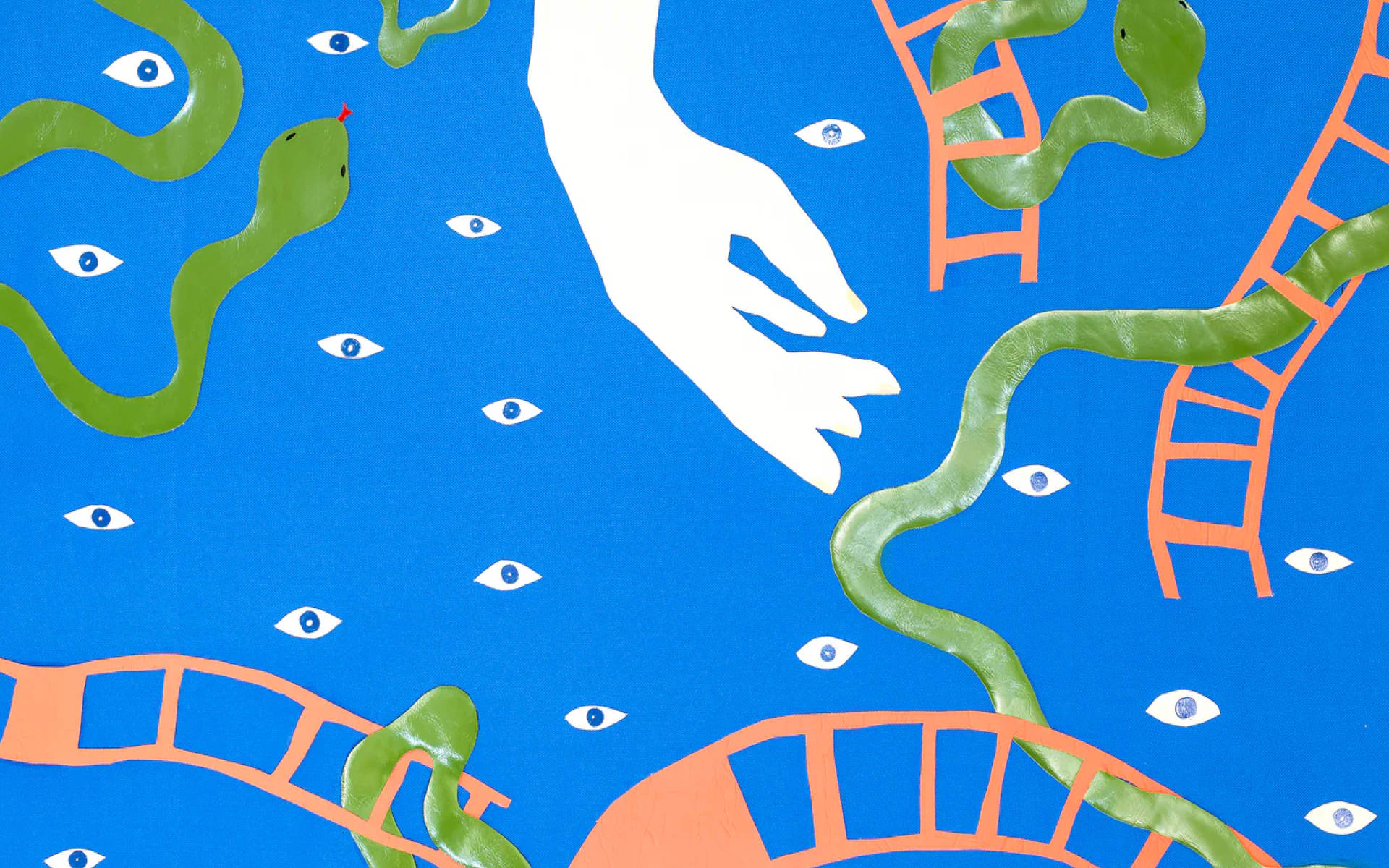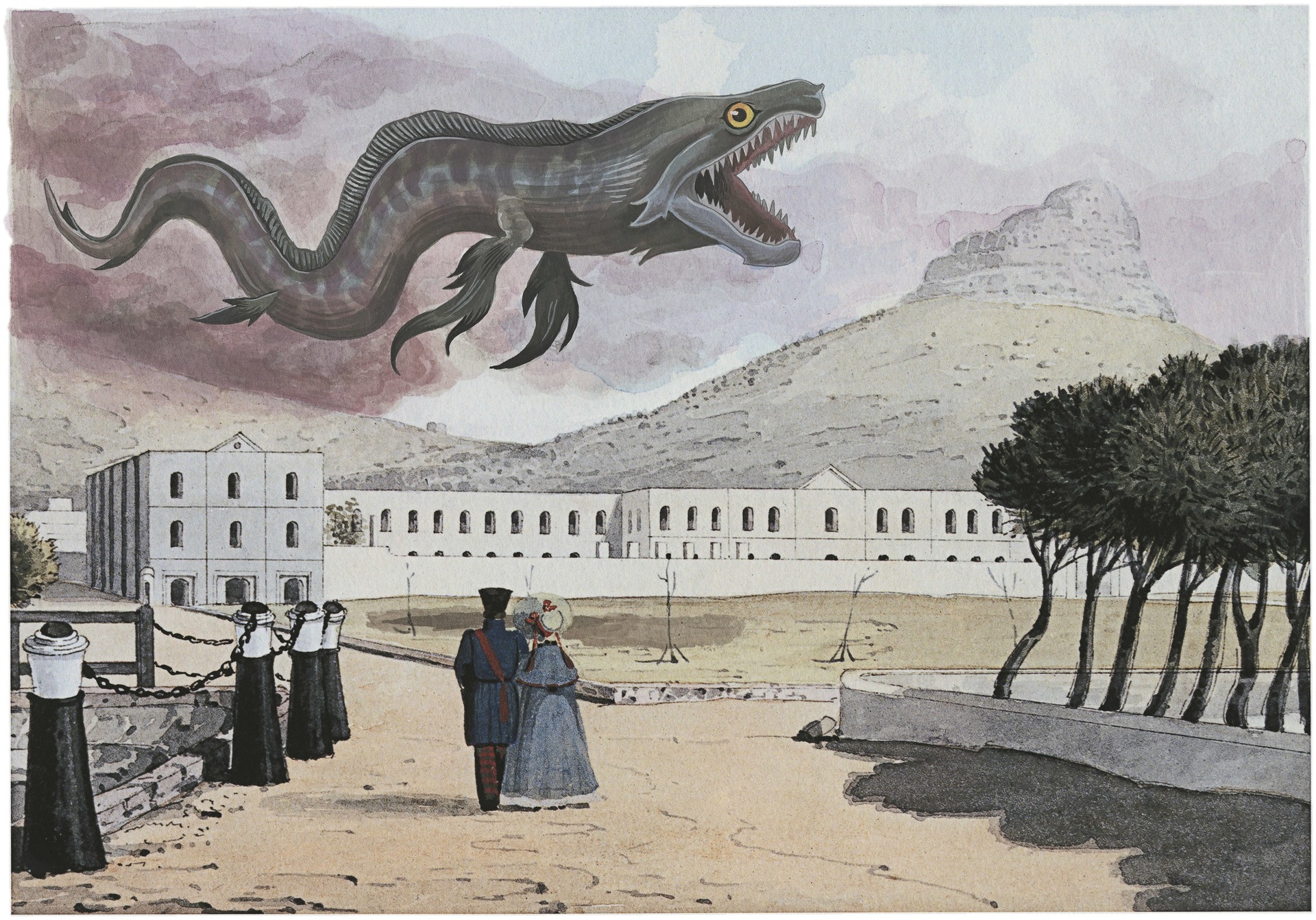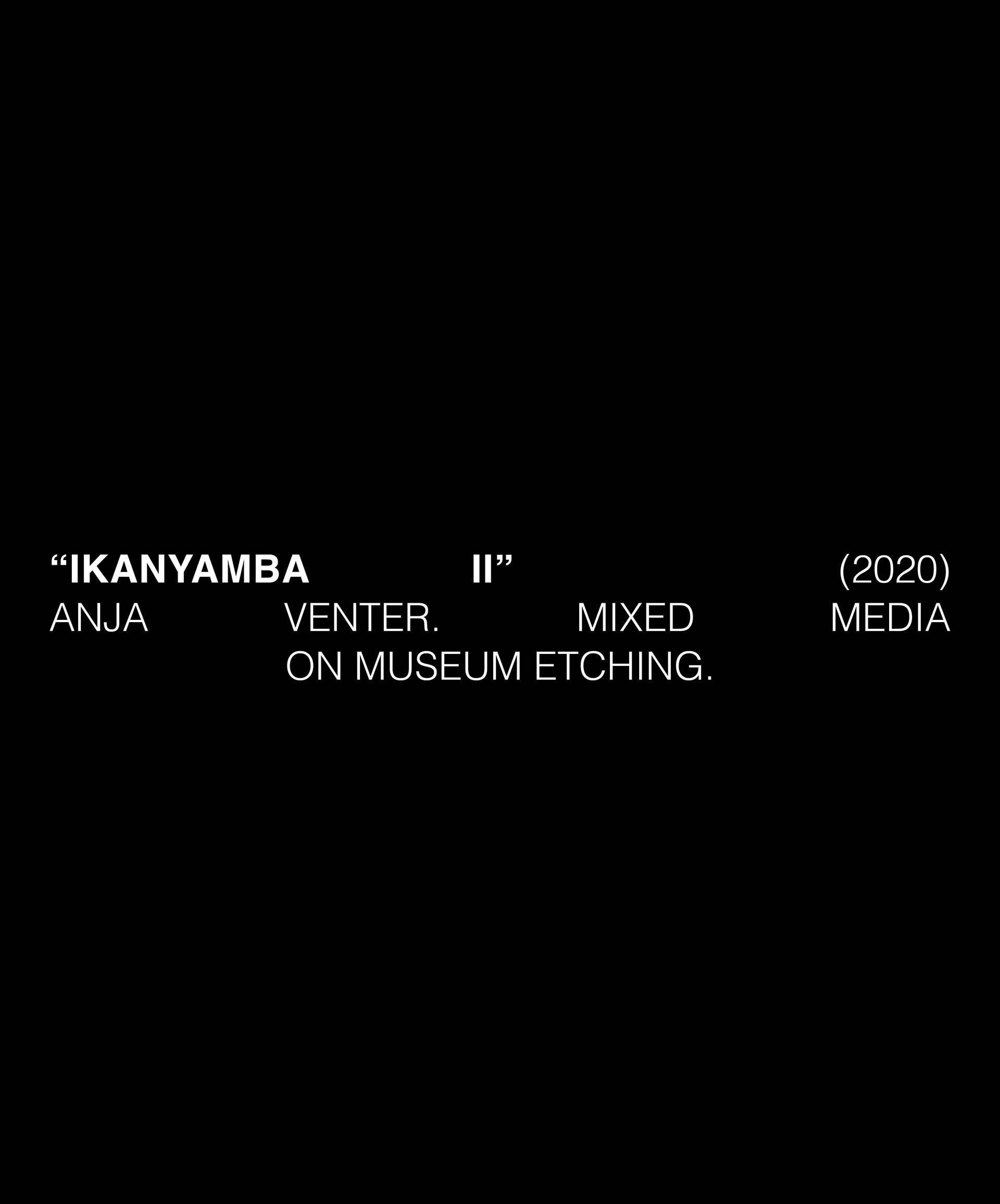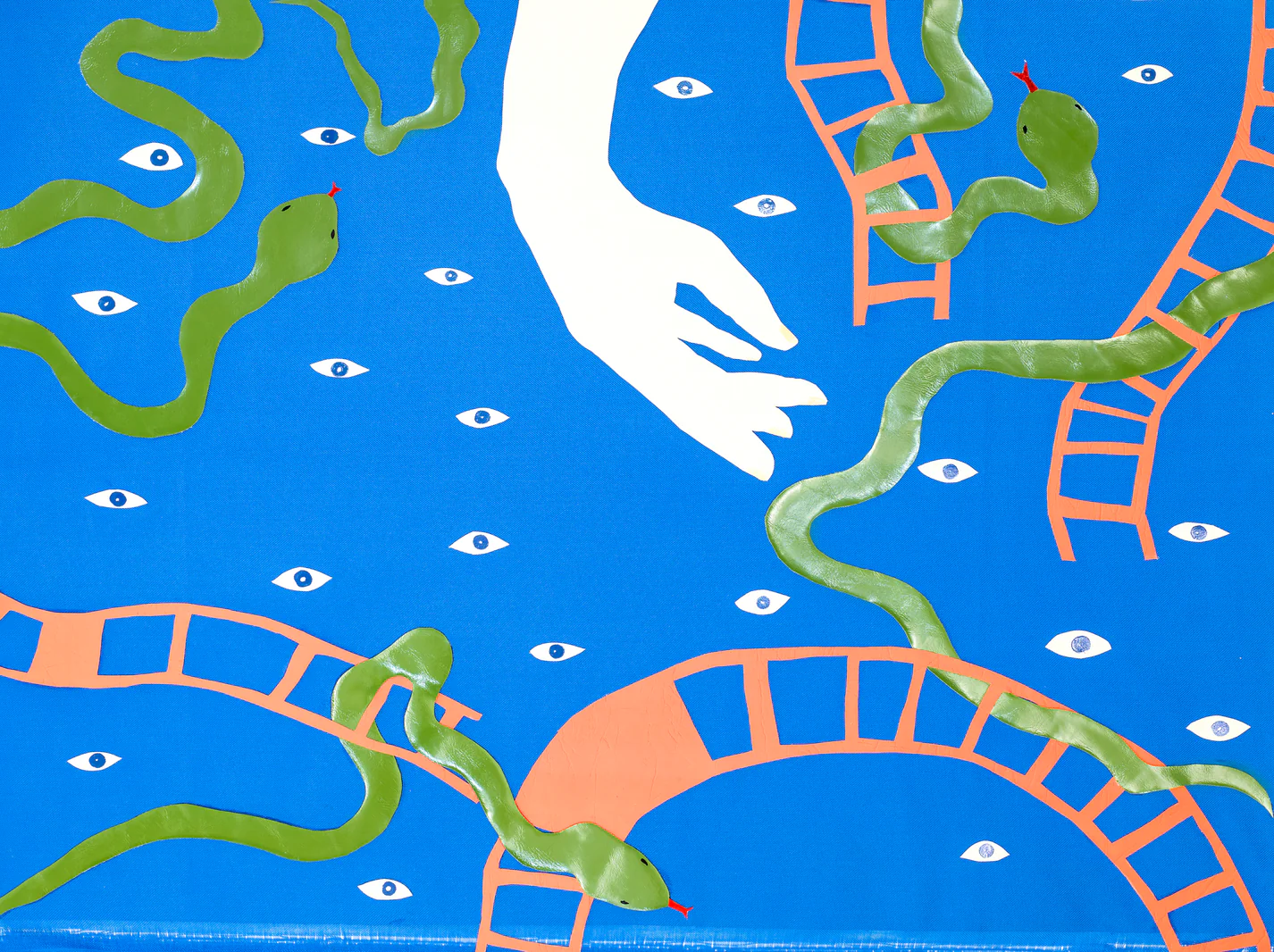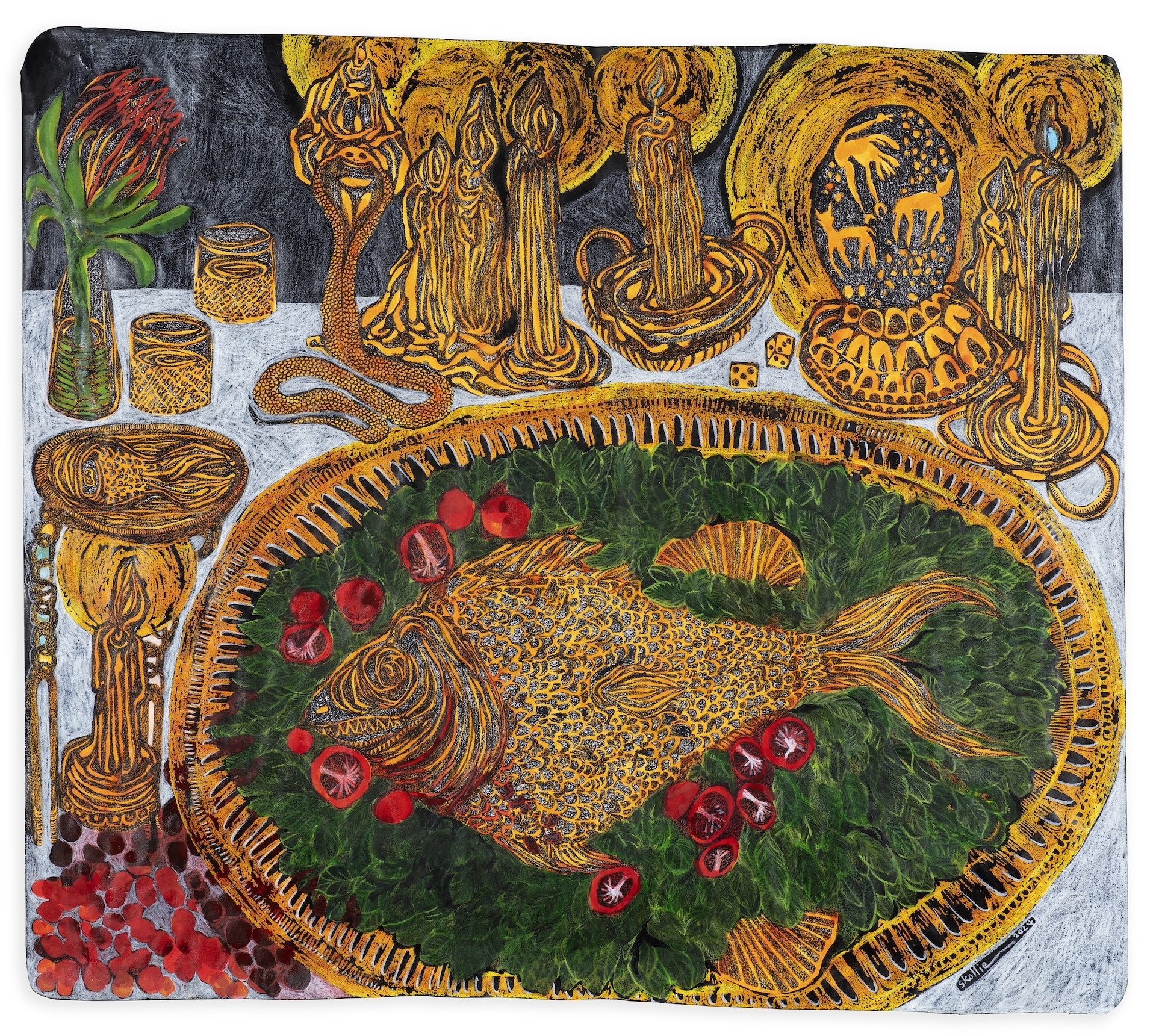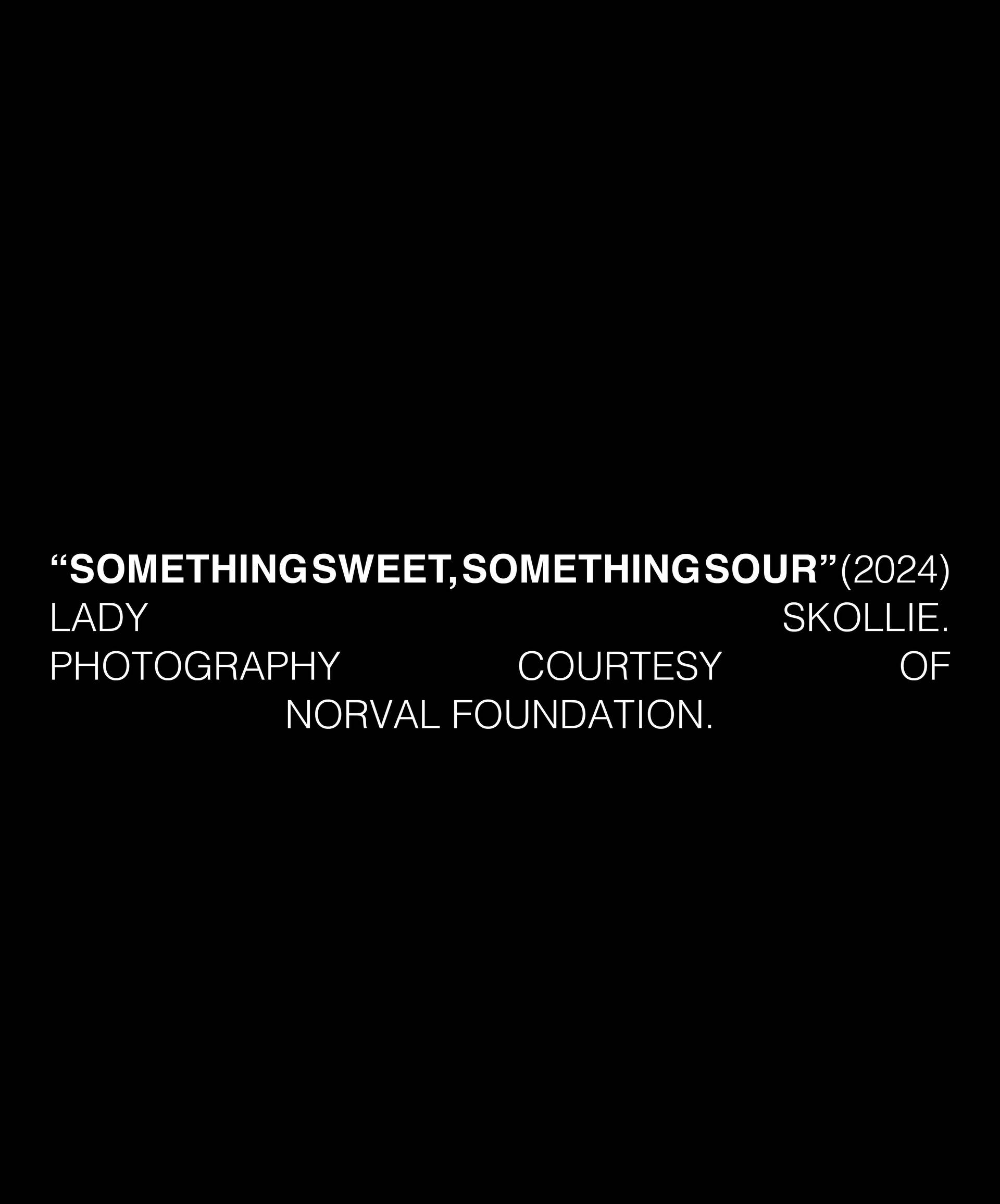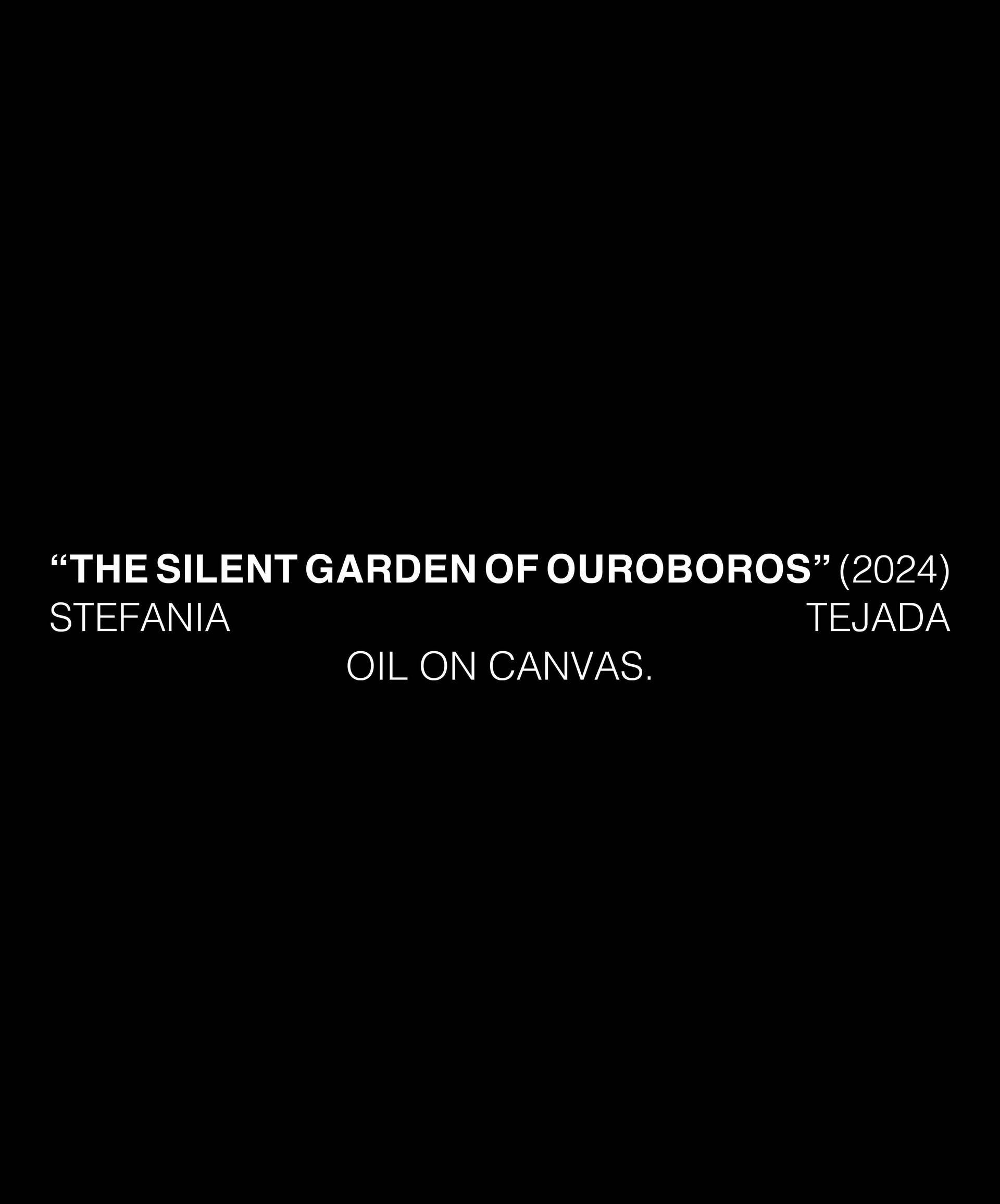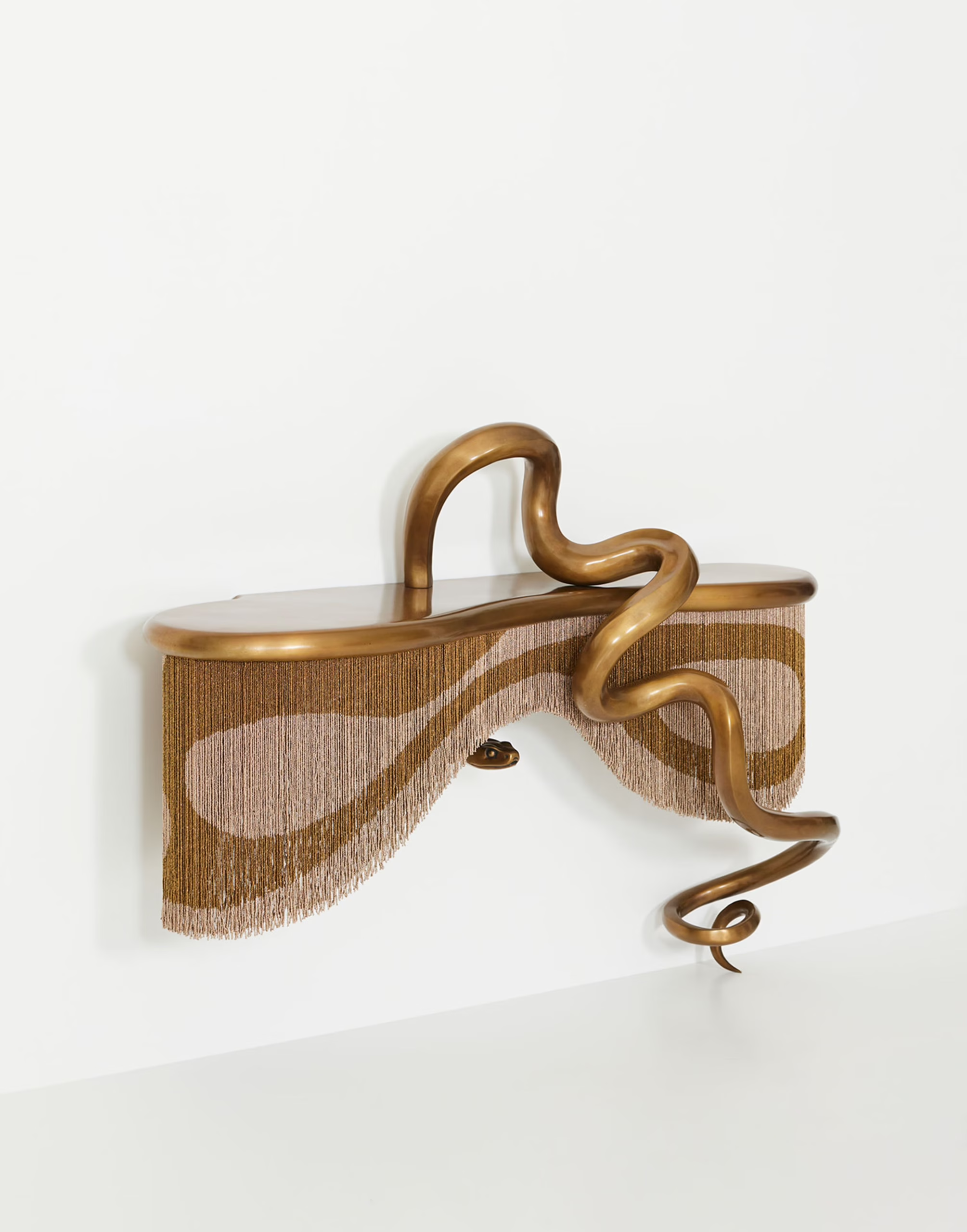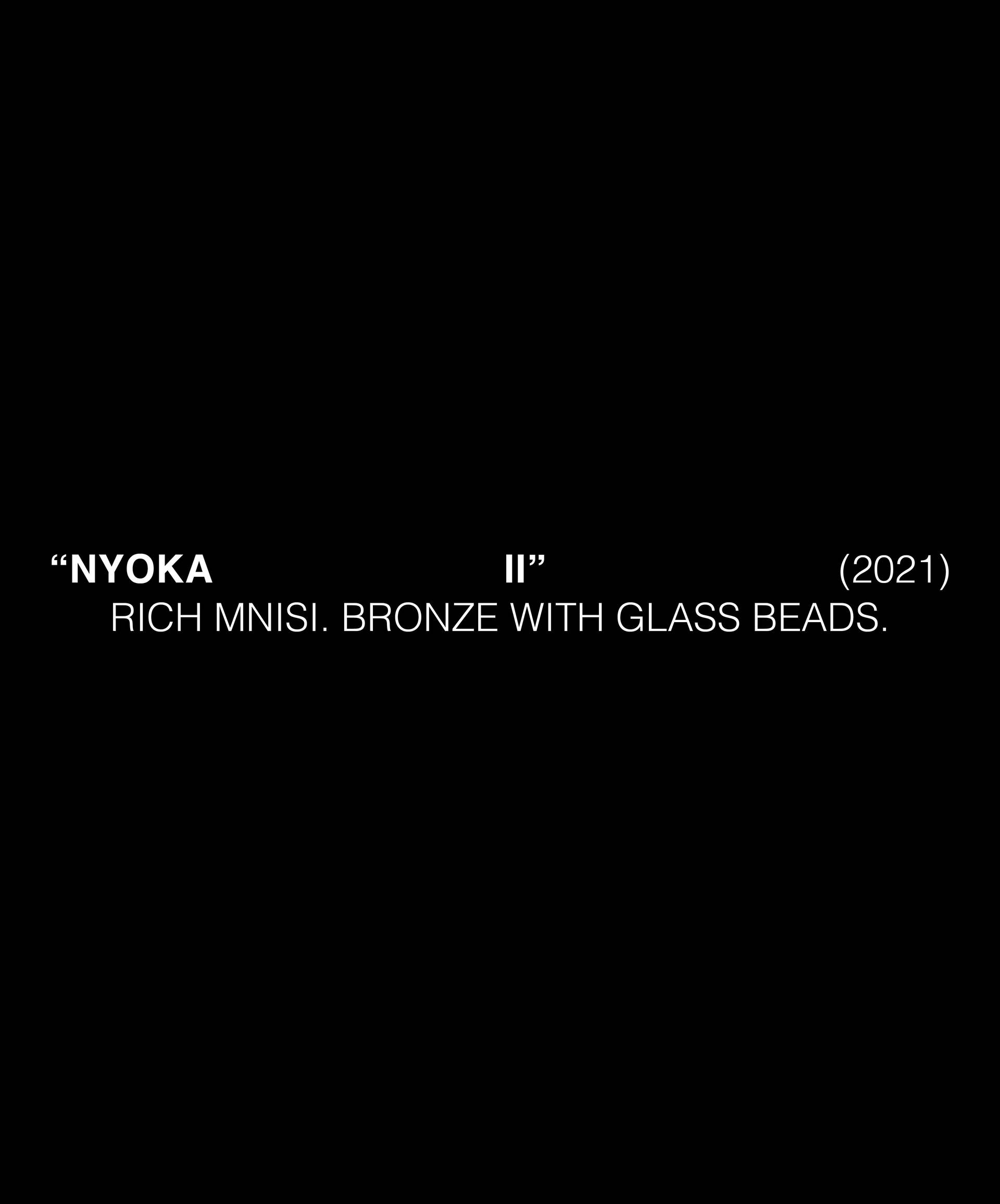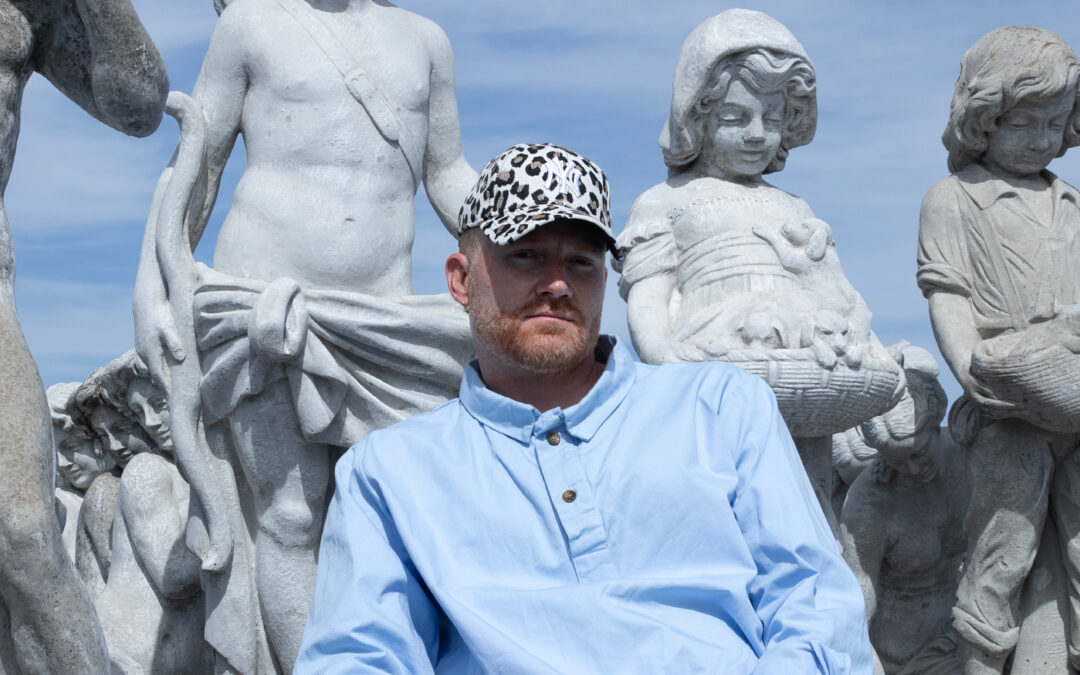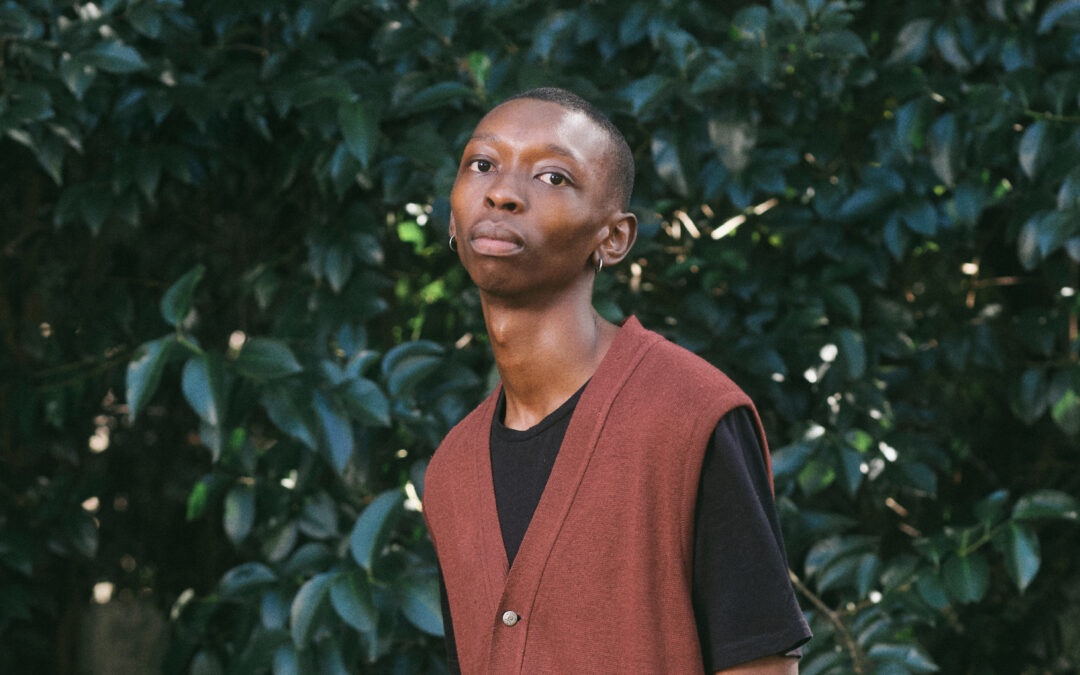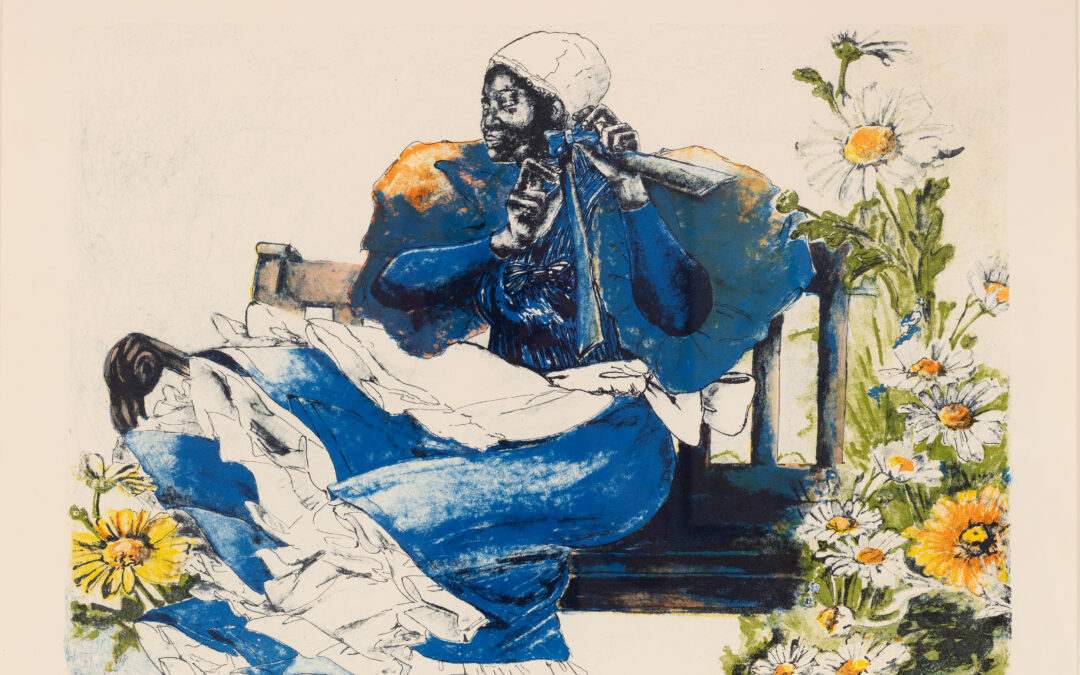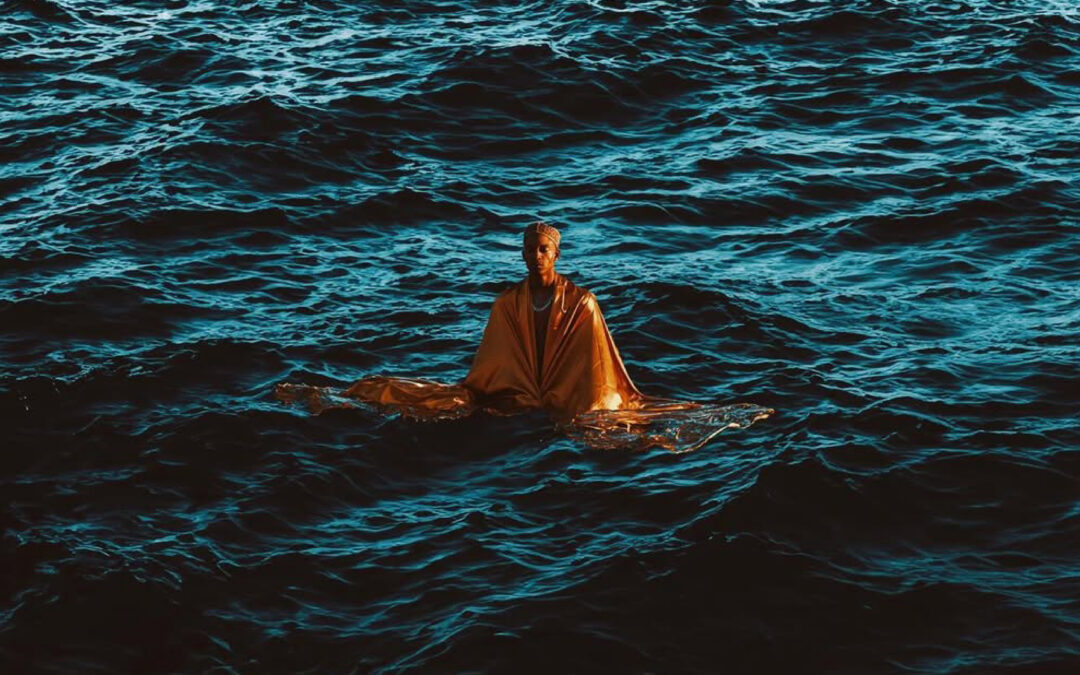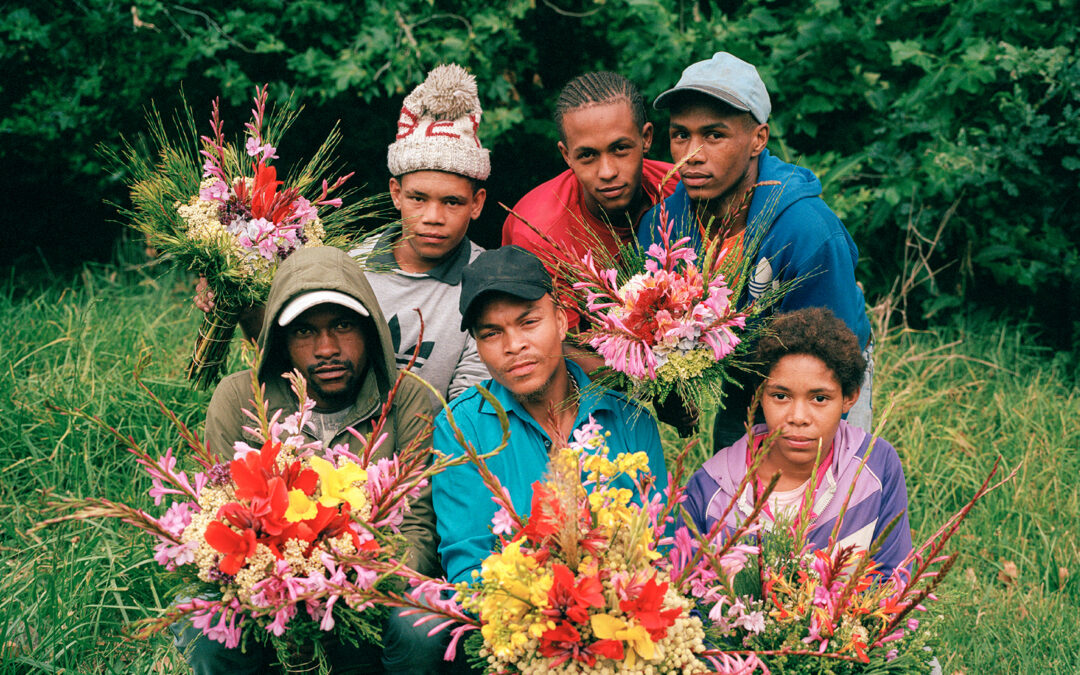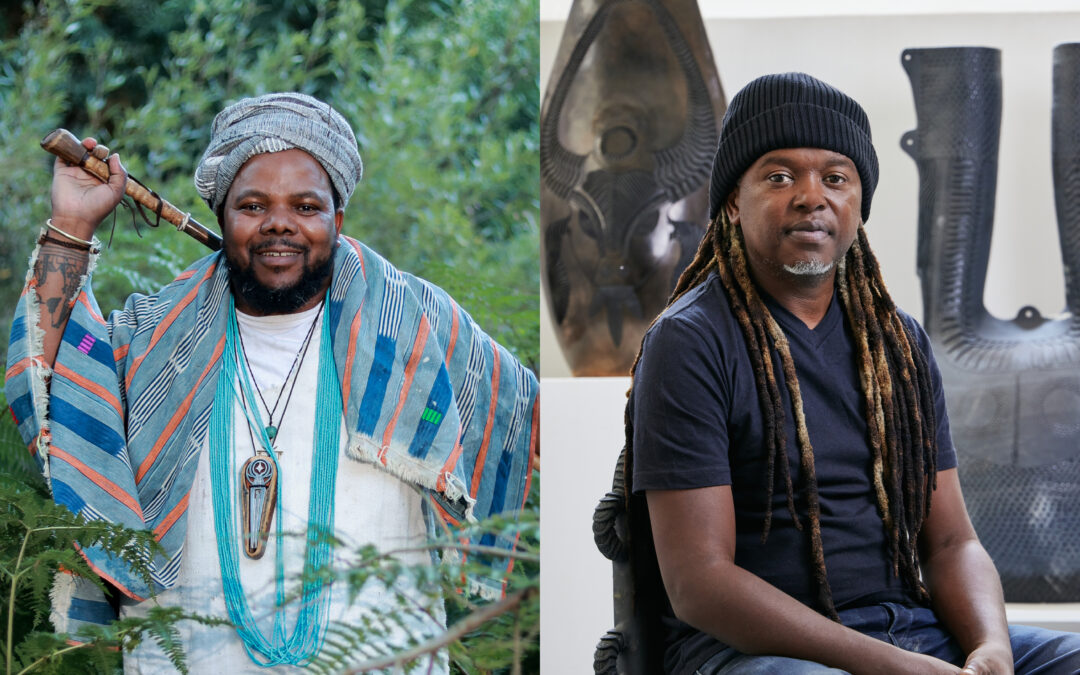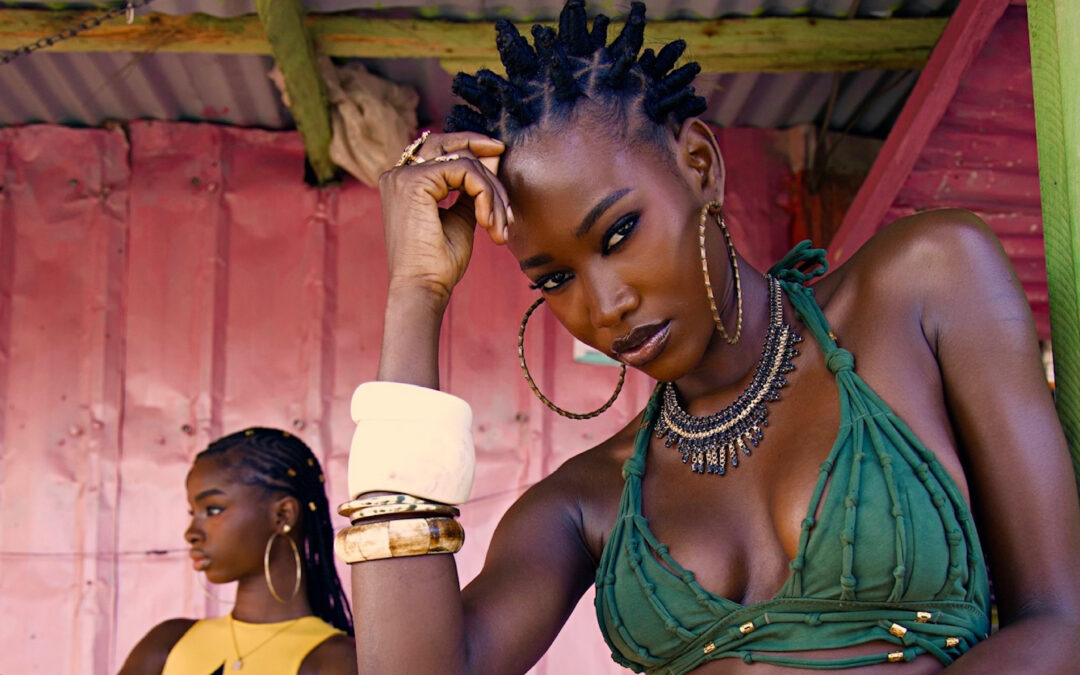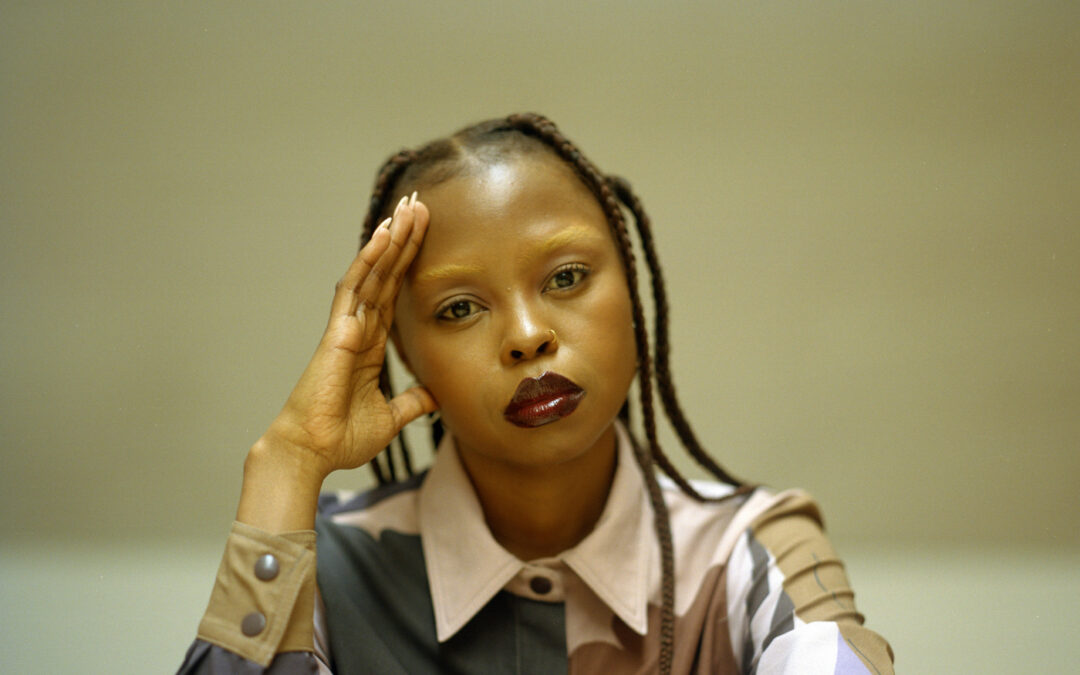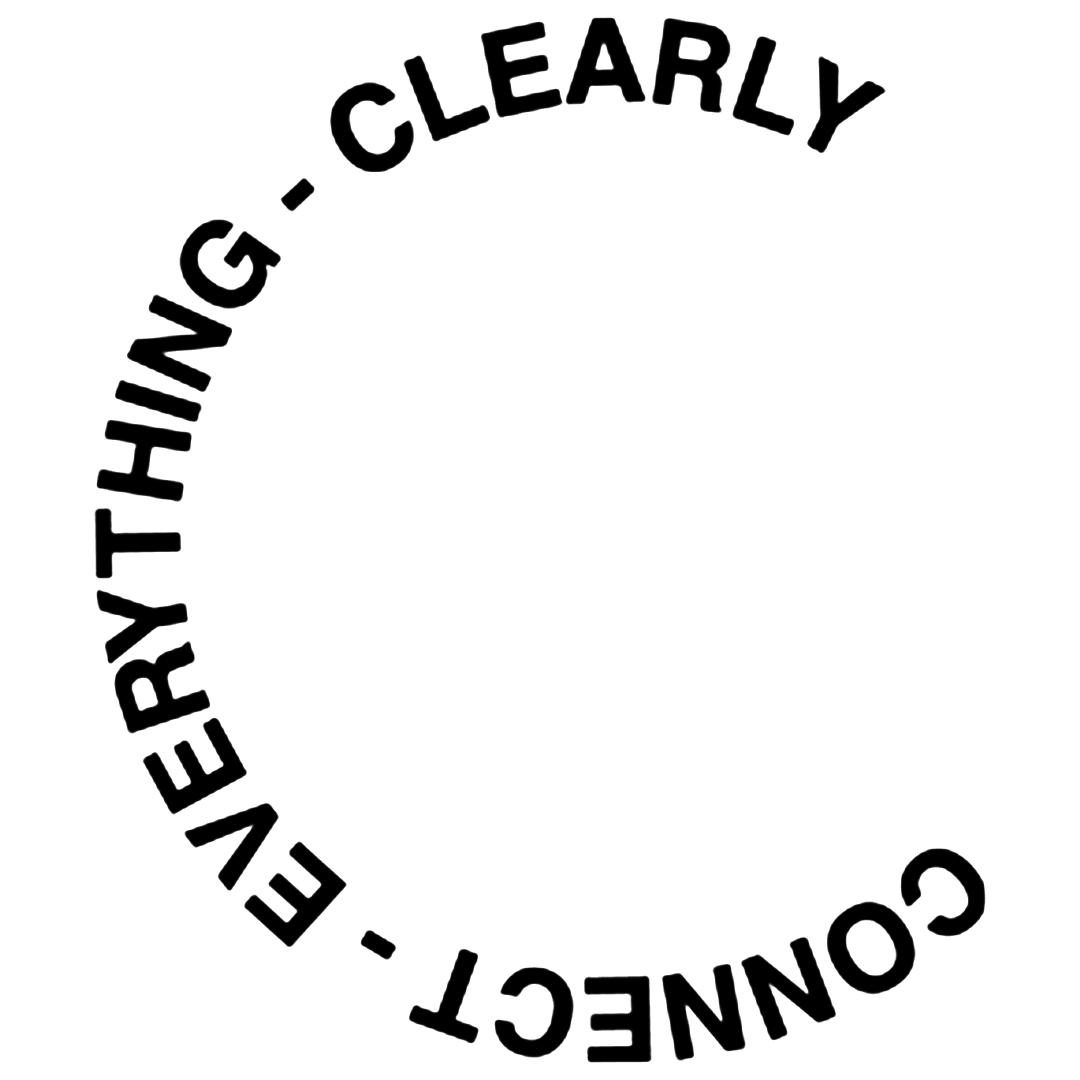Serpents are slithering into the limelight in 2025, as the new year marks The Year of the Snake. The Snake is the sixth of the twelve-year cycle of animals which appear in the Chinese zodiac related to the Chinese calendar. In Chinese culture, the Snake is the most enigmatic of the 12 and although serpents have always been linked to a sinister rhetoric, we could take a leaf out of this Chinese mindset, whereby people born in the year of the Snake are allegedly very intuitive – making 2025 a special year for encouraging all of us to tap into our inner voice.
In this iteration of ART THEMES, we look at a variety of symbols associated with snakes: luck, regeneration, good fortune, intuition, caution, heritage, femininity and superstition, as we make unusual and intriguing connections between artworks and their meanings. Here we go!
“Inkanyamba ii”, Mixed media on Museum Etching, (415 x 335 mm). Original artwork is framed in one-off vintage frame with bronze plaque. Source image provided by Iziko Museums (William Fehr Collection) Artist: Henry Clifford de Meillon, “The Military Barracks on the Parade”, 1825 – 1830.
“Inkanyamba ii” artwork by Nana Venter was part of her 2020 pop surrealism exhibition “Monsters at the Cape of Good Hope”. According to Road Travel Africa, the Inkanyamba is an indigenous, giant serpent-like creature with a finned mane, huge fore-flippers, a horse head and a fierce temper. The creature is also widely associated with storms.
About the artwork Nana Venter shares with us: “The monsters at the Cape of Good Hope collection is a show I put together in 2020 using colonial era artworks from the William Fehr collection and defacing them with African kaiju (giant monsters). The collection is really about the monstrosity of colonialism, and the erasure of indigenous cultures. Across Nguni cultures, when big storms are brewing, children are told it is the Inkanyamba taking flight: in distress and angry, seeking its own lost child. I enjoyed superimposing the Inkanyamba into this scene of the military barracks in Cape Town – a couple dwarfed in the foreground. There’s a tension and a sense of impending disaster.”
Katharien de Villiers, ‘Grabbing for Dusty Dreams 2’, Collaged fabric and enamel on fabric, 77 × 90cm
“Grabbing for Dusty Dreams 2” is a playfully styled ‘snakes and ladders’ collaged on fabric with enamel. Through tactile manipulations involving the juxtaposition and de-contextualisation of material, she makes paintings; sculptures and site-specific installations that consider spatial dynamics and the relationship between the work and the viewer. Katherien shares about this artwork, which is available via Art Gazette, “so much is prone to change, and yet so much stays the same. We slither and crawl through the upidi-ups and downs of time, ever made up of the past and the dream-state present. All in all a wonderful trip through the blue.”
Lady Skollie, ‘SOMETHING SWEET, SOMETHING SOUR’, GROOT GAT. 2024. Photography by Amber Alcock. Courtesy of Norval Foundation
‘GROOT GAT’, an exhibition by Lady Skollie, was on show at Norval Foundation in September 2024. This exhibition, in honour of Lady Skollie’s 2022 Standard Bank Young Artist award win, explores her heritage and imagines a realm free from colonial influence.
Groot Gat, also known as “Bushman’s Hole,” is the inspiration behind Lady Skollie’s latest body of work. Situated in the Northern Cape of South Africa, this once-pristine freshwater cave held historical significance as a well and fishing spot for the local Bushman community before colonial expropriation. Today, it beckons risk-taking free divers who aim to set new records in its depths. In Skollie’s art, this abyss takes on profound symbolism: it becomes a metaphor for the intricate layers of her own identity and the broader narrative of Brown identity in South Africa.
“If you’re Brown in South Africa, you have to grapple with a vast void—a chasm of forgotten culture and heritage within your own history,” explains Lady Skollie. “It’s a void you must fill with your own stories, traditions, and even new customs.”
Through her art, Skollie endeavors to bridge the immense gap left by history, oppression, and colonialism. Her Standard Bank Young Artist Award project envisions a fantasy realm on the other side of Boesmansgat. Here, the San, the Khoi, the Griqua, and all Brown people of Southern Africa flourish without the disruptive influence of colonialism and cultural erasure. Lady Skollie seeks to expand on the concept that this cave (and the creatures that dwell within it) serves as a portal to a parallel, reimagined universe filled with mythical creatures. In this specific artwork, “SOMETHING SWEET, SOMETHING SOUR” the artist references flavour profiles central to Cape Malay cuisine and the pastime of playing dominoes in many coloured communities.
‘The Silent Garden of Ouroboros’, 2024, Oil on canvas, 80 cm diameter
Stefania tells Alix-Rose Cowie how, since she developed an understanding of what women could be, she’s felt the need to create a transcendent image for others to look up to. Being raised in a small Colombian city and attending a strict Catholic school there, painter Stefania Tejada’s view of womanhood was limited growing up. Now living in Paris and inspired by the pages of Vogue and the approaches of her favorite fashion designers, she’s painting a legion of powerful women with the world at their feet. Surrounded by nature and often staring back at the viewer, her subjects are intended to send a message that women can escape the limitations placed on them if they get to know and understand their true selves.
‘The Silent Garden of Ouroboros’ is not merely a vision—it’s a confrontation, a call. It feels especially resonant now, as the weight of the world presses on the voices of women everywhere. In this artwork stands a woman, her gaze unflinching, her silence brimming with force, not submission.
The artist shares about the work: “In the midst of upheaval, her presence demands attention, a scarab etched on her brow like an ancient memory, like something that cannot be erased. Six serpents coil at her sides, fierce sentinels, invoking Medusa—the myth rewritten, the misunderstood made powerful. Medusa, who dared to look back at a world that chose to demonize her rather than understand her truth. She is the embodiment of all those who’ve been told to quiet down, yet carry within them a history of truths too potent for the fragile narrative around them.”
“This garden, dense and lush, is not a retreat but a sanctuary of strength, a quiet fury blooming in vibrant color. Every flower is a testament to the resilience rooted in silenced places, the places women have been told to dwell in and endure. Surrounding her, the Ouroboros encircles, a symbol of the endless cycle of silencing and resurgence, a serpent devouring its own tail, a reminder that every suppression begets a rebirth. This is not just about survival; it is about transmutation, about enduring until you rise more powerful, more certain. She stands as both warrior and witness, reminding us that silence is not always absence—it is a potent reserve, a readiness, the sharp inhale before the voice that will shatter, the truth that will be heard, unbreakable. In this moment, The Silent Garden of Ouroboros is a prophecy: the world may turn its gaze away, but the feminine force within it will endure, will return, will reclaim its voice.”
Rich Mnisi, Nyoka II (Snake), 2024 , Bronze, glass beads 48.88 x 66.88 x 18.25 in
With the snake emblem as his logo, prolific sculptural artist and fashion designer Rich Mnisi embodies philosophies of a snake in his work – specifically in his exhibition titled “Dzuvula (Shedding Skin)”. With an emphasis on sculptural bronze furniture and lighting, his work expands on his themes of memory, lineage, mythology and cosmology from his debut collection Nyoka (2021). His work speaks to the interplay between the everyday and the magical, which echoes a duality within us all – hibernation and action, faithfulness and faithlessness, being bound and free. The artist’s Tsongan roots are no doubt channelled into the visual narrative of his pieces, drawing from mythological stories of the origin of life and natural creation.
About his work ‘Nyoka ii’, Southern Guild shares: “A curved console which also first appeared in Mnisi’s 2021 solo, is punctuated by the winding form of a bronze snake, its storage cavity concealed by richly patterned beading inspired by Mnisi’s 2022 Mafamba Yexe fashion collection. Bursts of gleaming bronze are interwoven with insights from the past and the future.” Further to this, Mnisi himself said that every piece of this exhibition reflects the “growing into oneself – risk and vulnerability, strain and ease – through a vocabulary of forms, patinas, patterns and textures.”
Each of these artworks reference the serpent as a symbol for the balance of both chaos and calm, rebellion and introspection, regrowth and destruction. Perhaps the biggest takeaway from these works of art and The Year of The Snake, is that 2025 will no doubt bring a number of unexpected twists and turns, but we can be almost certain that some balance will be restored, even if it is the peace we find within ourselves.
Written by: Grace Crooks
For more news, visit the Connect Everything Collective homepage www.ceconline.co.za

